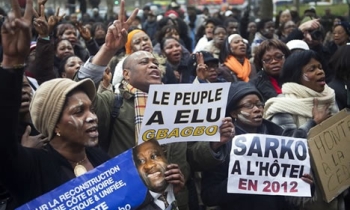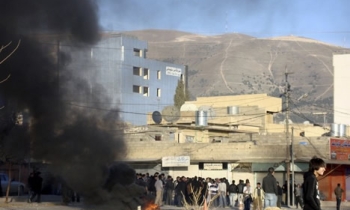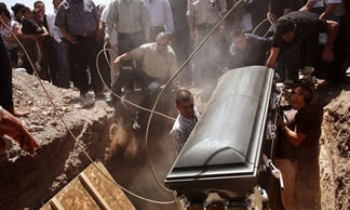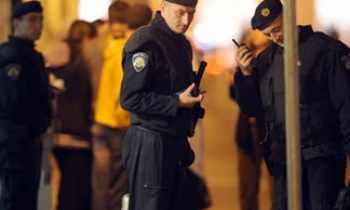Interesting things are happening in the world of Indian media. Unknown to newspaper readers and television viewers, ownership of media houses is stealthily passing into the hands of big corporate houses. Traditionally, newspaper groups had been owned by big companies like the Birlas, Sahu Jains and Dalmias, but the latest trend involves a quiet takeover of some established media companies through buy-out-of-a-stake, the foreign institutional investor route, or a straight deal struck in distant London. Many of the takeovers may not show up in the records, but the sudden affluence that some old newspapers are flaunting is credited to capital infusion from the new money-bags. Some Hindi newspapers have been major beneficiaries of this financial leaven. Some concerned Parliamentarians have written to the Union home ministry to ascertain the identity of the funds that are coming in the media. They have hinted at a few channels and newspapers of being recipients of dubious funds from abroad. The government is in no position to question these funds if they are not drug-related or recipients of laundered funds. The government allows 26 per cent foreign equity, but it has shied away from giving majority stake to foreign media companies due to vague nationalistic reasons. If majority stake had been allowed in fund-starved companies, many indigenous groups would not have been forced to accept dubious funds washed in tax havens and brought in through FIIs.
However, a major issue that is agitating media personnel is the acquisition of majority stake of the news agency, United News of India (UNI), by the Zee group. UNI was gasping for air for a while, but its high-profile directors and shareholders— mostly media barons — refused to resuscitate it. The agency, which is a Section 25 company, enjoins on the owners to reinvest all the profits they make from extending wire service to its customers. What is upsetting the purists is that Zee, a new media outfit, would be controlling the vast network of reporters that provides the first information report on any happening. Along with another agency, the Press Trust of India (PTI), it influences the nation reads, and later, sees. Most of the allegedly ‘breaking stories’ on TV are an extension of agency reporters’ reflexes.
Some of the change in newsrooms has been visible for quite a while. Often, marketing personnel have been bending news-related decisions. The basic instinct is to do stories that can grab the vicarious eyeballs of viewers/readers. Hence, the obsession with entertainment, celebrities, crime and voyeuristic titillation. Broadsheets are behaving like tabloids. It’s uncanny: serials and Bollywood promos are being incorporated in news programmes. If there is a murder in a soap then news channels are reporting it. Besides dumbing down, corporatisation is doing another thing: In the name of objectivity they are marginalising radical voices and creative dissent. They are unleashing the same neo-liberal economic framework that made them so big.
Despite the proliferation of media outlets, there is little diversity in content and perception. This is a recipe for disaster for many media outlets, but the advertising market has been so constructed that it just doesn’t allow any space for a dissenting voice. So relevant publications are shunned, as the buying houses claim there is no readership for them. They smother smaller oufits that do not conform. The government has abdicated its responsibility towards creating an architecture different from the one that is profit-driven. It has allowed some barons to determine what constitutes a media policy suited to our national interest. If only the government had the courage to check from journalists what they thought of their proprietors.








